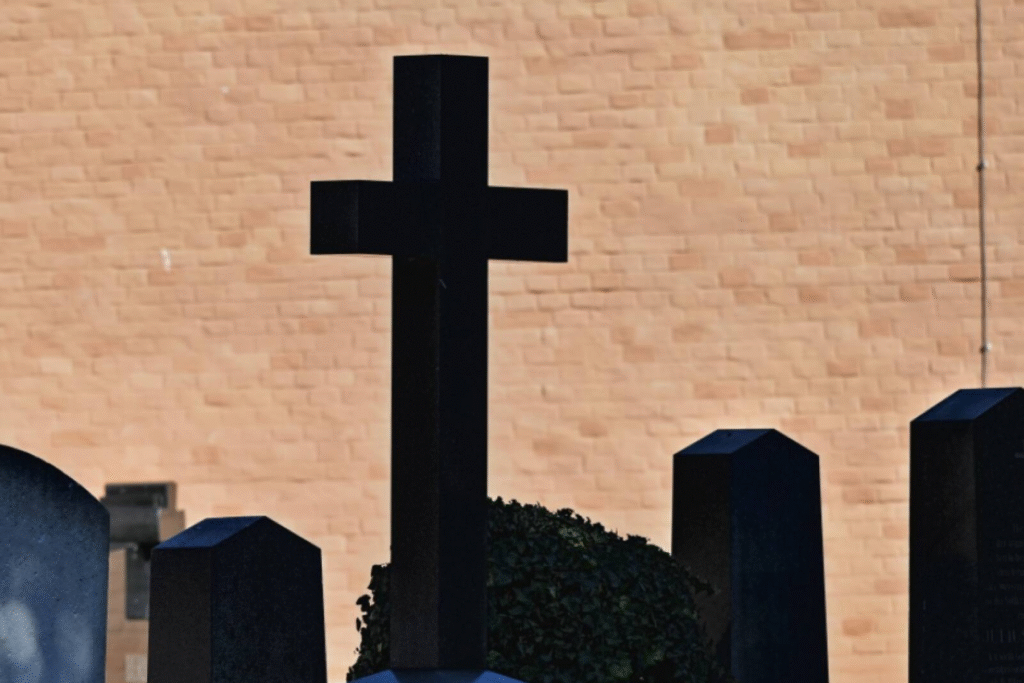
According to Statistics Austria, cemetery fees have risen by 44 percent over the past ten years — significantly more than general consumer prices, which increased by 37 percent. In some municipalities, the costs for grave use and burials have more than doubled or even tripled. Families without residence in the respective municipality are particularly affected, as many localities impose surcharges on nonresidents.
Cemetery administrations point to rising energy, personnel, and maintenance costs, as well as legal requirements for cost recovery. However, differences between cities and municipalities are enormous, and comparisons are difficult. Each municipality sets its own tariffs through a “cemetery fee ordinance” issued by the local council. For church-run or private cemeteries, fees are determined by the respective operator within the framework of regional laws. As a result, amounts vary depending on location and management. Definitions and durations for grave leases also differ — some fees apply for ten years, others for twenty or fifty.
Fee increases far above inflation
A particularly drastic example comes from the Lower Austrian municipality of Großweikersdorf. There, the usage fee for a family tomb — which cost 960 euros for ten years in 2015 — was raised this year to 3,170 euros, an increase of 230 percent, equivalent to an annual price rise of 12.7 percent. For comparison, general inflation during that period averaged 3.2 percent per year.
Grave holders were faced with the choice of paying or relinquishing the tomb — though that, too, would have been expensive. According to the municipality, clearing and reinterring the remains would have cost around 6,200 euros. “We felt trapped,” said the family members, who reluctantly decided to pay the steeply increased fee.
Surcharges for nonresidents
The municipality justified the increase by noting that those affected did not live in Großweikersdorf. Locals should not have to subsidize the costs of outsiders, officials argued. Similar reasoning appears elsewhere: in Innsbruck, for instance, the fee schedule explicitly includes a “nonresident surcharge” of 50 percent applied to grave and cemetery usage fees.
Critics view this practice as outdated. Families today are far more mobile, and many descendants no longer live in their ancestral hometowns. Yet they retain family graves there — and are penalized for their connection through substantial surcharges.
Large price disparities between municipalities
The differences are striking when comparing state capitals: in Vienna, a traditional family grave costs between 34.50 and 99 euros per year, depending on location; in Innsbruck, a simple row grave costs 632 euros for ten years; in Salzburg, a family tomb can reach up to 4,245 euros for ten years. Additional administrative and usage fees, which also vary widely, often apply.
Pricing structures are opaque, and transparency is lacking. Comparisons are difficult, since rates are based on differing time periods (annual or 10/25-year lump sums), include varying components (basic grave rent versus added usage or administration fees), and depend heavily on location category and design (with or without cover plate, or crypt type).
“Few industries are as discreet as the funeral business,” say consumer analysts — and that applies to cemeteries as well. Many municipalities publish their fees only in official bulletins, leaving families unaware of the costs until they receive the bill. While administrations cite higher operating expenses, critics complain of missing social adjustments and abrupt price jumps.
Across Austria, the trend is clear: cemetery fees have increased disproportionately — rising faster than inflation. Thus, around All Saints’ and All Souls’ Day, as people remember the deceased, many are reminded that even remembrance has become significantly more expensive.

